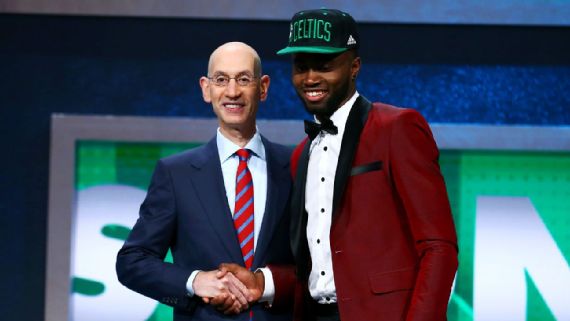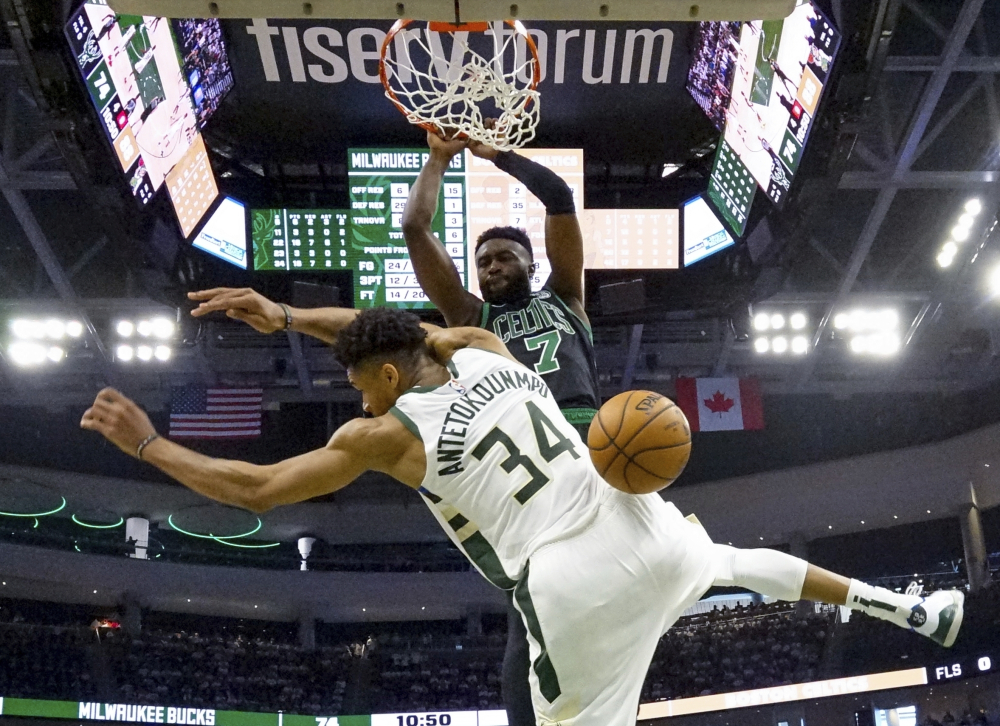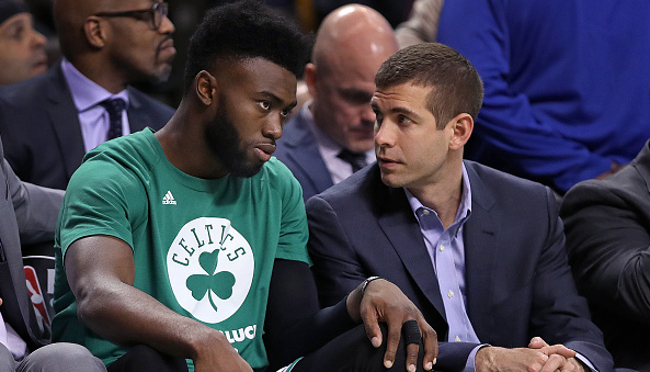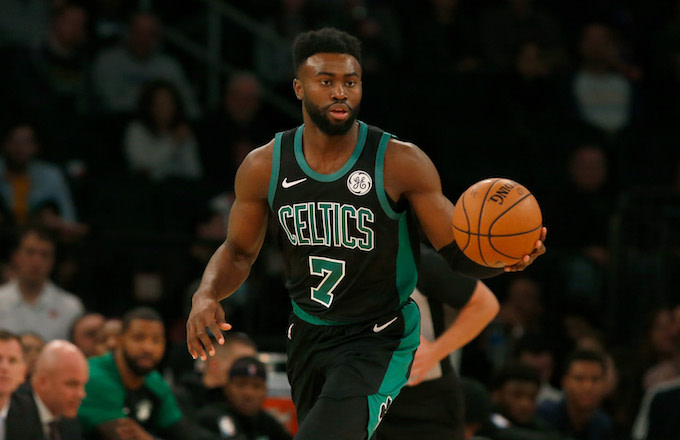The NBA off-season is in full swing. Marquee players are relocating at an unprecedented rate, new draftees are signing their first NBA contracts, and young, talented players are receiving some of the largest contracts in NBA history. The Celtics have been in the mix on all of these endeavors except for the last. With the addition of Kemba Walker, Enes Kanter, and the recent draft class, it has flown under the radar that Jaylen Brown will become a restricted free agent (RFA) after the upcoming season. As players from the same draft class sign massive contracts, it bodes the question: What’s next for the Celtics and Jaylen Brown?2
2016 Draft Class

The 2016 draft class is approaching their fourth year in the league, and thus the players are eligible to begin negotiating contract extensions with their current teams. We have already seen Ben Simmons (the #1 pick, 76ers) and Jamal Murray (the #7 pick, Nuggets) each sign 5-year, $170 million contracts with the teams that drafted them. So where does this leave Jaylen Brown (the #3 pick)?
From the Celtics perspective, Brown has not produced in a manner similar to Simmons or Murray. Simmons was the 2017-18 Rookie of the Year and made the 2019 All-Star team. Murray is coming off of a 2019 campaign where he averaged over 18 points per game (PPG) and was an integral piece in the Nuggets contention for the #1 seed in a stacked Western Conference. Currently, Brown does not have the accolades to compare to either player.
From Brown’s perspective, he can argue that each players’ respective teams were desperate to sign their young stars to remain relevant. Brown has taken a back seat to players such as Isaiah Thomas, Al Horford, Kyrie Irving, Gordon Hayward, and even Jayson Tatum in his time with the Celtics. He has had his fair share of dust-ups with his teammates, but after the turn of the 2019 New Year, Brown was one of the only players to accept his role and produce. He effectively recreated his production from the 2017-2018 campaign while playing nearly five minutes less per game.
Ceiling vs. Production

An extremely prominent factor in the case of Jaylen Brown is his potential ceiling vs. his current production. Brown has shown significant flashes of brilliance on both the offensive and defensive ends at times. His abilities and athleticism allegedly held Danny Ainge from trading him for two-time NBA Finals MVP Kawhi Leonard. In an ideal world for the Celtics, Brown has been compared and projected to be a similar two-way player to Leonard.
Thus far, he has not flourished into that projection. Brown’s numbers have been serviceable: he averaged 11.2 PPG, 46.2% field goal percentage (FGP), and 36.5 three point percentage (3P) for his career. He has struggled defensively at times, and is most notably a poor free throw shooter, 65.8% for his career. However, it is easily forgettable that Brown is still only 22-years old. There is still plenty of time for his game to progress.
Ultimate Decision

The situation is a predicament for the Celtics. With players of similar age cashing in on mega-deals, it is hard to believe that Brown would accept an offer less than his peers. Additionally, a lot of Brown’s current value is still based on projection rather than performance. The ultimate question for the Celtics is: do you pay Brown based on projection or performance?
The common sense answer would be performance. By performance standards, the Celtics should offer Brown a deal that is less than the five-year, $170 million that both Simmons and Murray received. Would he accept that offer now? Would he be offended by a lower offer at the current time?
The best answer may be that the Celtics wait until after the upcoming season to offer an extension. If Brown’s production increases more towards his ultimate ceiling, he may be worth the contract extension. If his production stays at the current level, it would be difficult to invest that type of cap space on a player entirely for potential.
The upcoming season is shaping up to be a make or break situation for the Celtics and Jaylen Brown.
